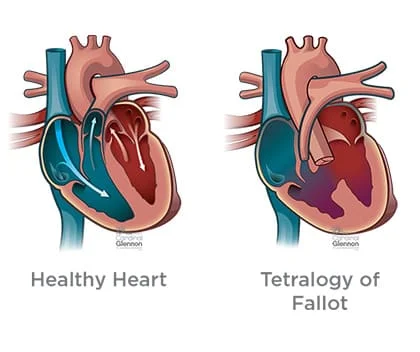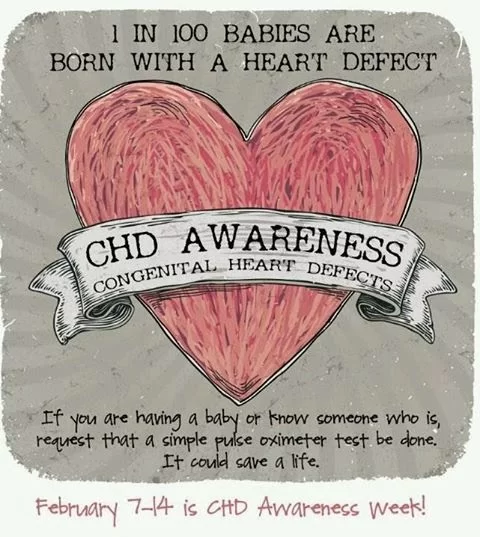Acne Vulgaris
What is Acne Vulgaris? Acne Vulgaris is a skin disease caused by changes in the pilosebaceous units(the hair follicles and sebaceous gland).It commonly occurs during adolescents affecting more than 85% of teenagers and frequently continuing to adulthood. DESCRIPTION OF ACNE In adolescence there is an increase in male sex hormones with people of all genders…








